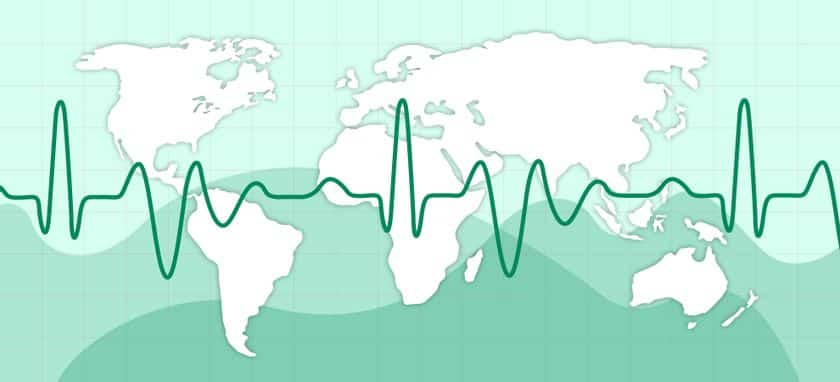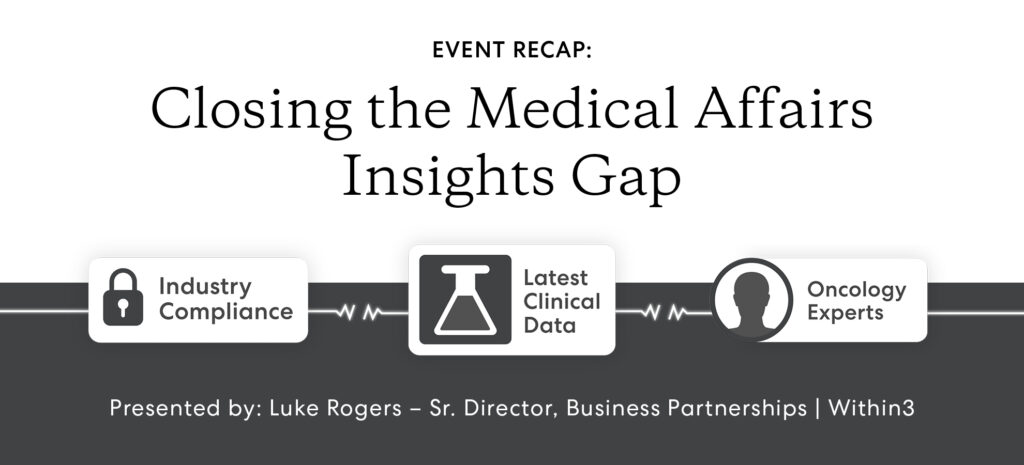Healthcare organizations have shifted focus to the patient experience as a critical component of their overall business model. Those who haven’t may want to reconsider.
The Agency for Healthcare Research and Quality (AHRQ) defines patient experience as encompassing “the range of interactions that patients have with the healthcare system, including their care from health plans, and from doctors, nurses, and staff in hospitals, physician practices, and other healthcare facilities.” Pretty all-encompassing, we’d say.
There may have been a time when the patient experience wasn’t the primary driver of some providers, but it’s jumped to the head of the line with the emergence of new technology. While healthcare providers have always collected various types of healthcare data about patients, patients today can instantly share their care experience with the tap of a smartphone or touch of a computer key. Addressing patient experience is smart, and good business.
For a healthcare organization, sentiment analysis can help transform patient input, whether positive or negative, into reputational and financial growth. Life science organizations can also learn a lot from how the patient experience is measured in healthcare settings.
What is sentiment analysis?
Sentiment analysis is a research method of collecting thoughts, beliefs, and attitudes from individuals about businesses and services in various sectors. It’s been done for years in marketing, politics, tourism, and other fields. Social media with its instant opinions — a world of likes and dislikes — has generated exponential growth in the method. With digital technology, the use of sentiment analysis is more easily done and casts a wider net in all sectors.
Sentiment analysis is also known as text or data mining. Through AI tech involving natural language processing, computational linguistics, and other tools, it identifies, extracts, and analyzes data from various sources to determine whether a person or group regards a subject as positive, negative, or neutral. This feedback helps organizations see how individuals feel about their service, practices, or any other topic in question. While the importance of data collection in healthcare is paramount for regulatory and safety concerns, it’s also critical to capture these “softer” insights that healthcare and life science companies use to make decisions.
Sentiment analysis in the healthcare sector
Sentiment analysis in healthcare is a natural fit. No one has stronger sentiments about the healthcare they receive than patients. Patients’ own accounts — not just their words but the passions and intensity they convey about every aspect of their care, from phone communication and scheduling to office wait times to actual clinical experience — are invaluable measuring tools that help patient concerns factor into HCP insights.
The goals of sentiment analysis in healthcare are to interpret patient feedback and get an honest insight into how patients feel. This data can lead to timely changes in treatments or problematic administrative systems that may turn off prospective patients. In short, sentiment analysis improves healthcare.
Patient sentiment analysis can be applied to reviews and survey responses, online and social media, and healthcare materials that can range from marketing collateral to customer service to clinical medicine. Results of these analyses provide HCPs and other organizational stakeholders important insight into the quality of care and patient/provider communications their consumers want.
An important data source for patient sentiment analysis is within the AHRQ’s program to improve patient-centered care, the CAHPS Hospital Survey. CAHPS (Consumer Assessment of Healthcare Systems and Providers) surveys collect data that assess healthcare quality by asking patients to report on their experiences with care. CAHPS surveys are available for both ambulatory and institutional settings including hospitals, dialysis centers, and nursing homes. CAHPS surveys ask about patients’ experiences with:
- Providers or care for a patient’s specific health condition
- Health plans and related programs
Topics include:
- Ease of communication with healthcare professionals
- Ease of access to care and information
- Coordination of care
- Customer service
A few examples of patient sentiment analysis
Gathering and analyzing data on patient satisfaction. Sentiment analysis helps healthcare management ascertain what they’re doing right – and wrong – in keeping patient satisfaction at a high level. What are the most common complaints, and what areas are commonly praised? Which departments of the institutions excel and which are failing to satisfy patient needs? What is other relevant patient feedback?
Comment analysis. Patient sentiment analysis measures the emotions and feelings of patients that provide a clearer view of a facility’s performance. For example, an analysis separates and classifies patient comments into specific categories. They may relate to staff, administrative processes, the physical clinical settings, and of course care itself. The comments can be collated based on their intensity to help management determine where a practice is performing well, has room for improvement, or needs major work.
Patient sentiment analysis for life science organizations
In the healthcare industry, patients’ voices are more important than ever and sentiment analysis is key to interpreting their input accurately. And this can have a tremendous impact on life science organizations.
The pharmaceutical and medical device industry knows that patient comments in product development are critical. That’s where sentiment analysis may help turn reactions and feelings into actionable data, and better clinical results. Insights collected from patients via HCPs, or even directly, have the potential to change the development trajectory of drugs and devices.
As the life science industry increasingly embraces artificial intelligence and natural language processing to help interpret the mountains of data they collect during product development, it’s possible that these tools could play a role in analyzing insight collected from patients about their lived experiences, diagnosis and treatment, proposed trial protocols, educational materials, and other areas where their input could have a significant impact.
When it comes to developing life-altering and life-saving medications or devices, what patients say, and how they say it, matters. While data integrity in pharma protects the safety of patients, patient experiences also matter. Now, technology can be applied to both.
Ready to learn more about how prioritizing patients supports drug development? Read our blog post.






